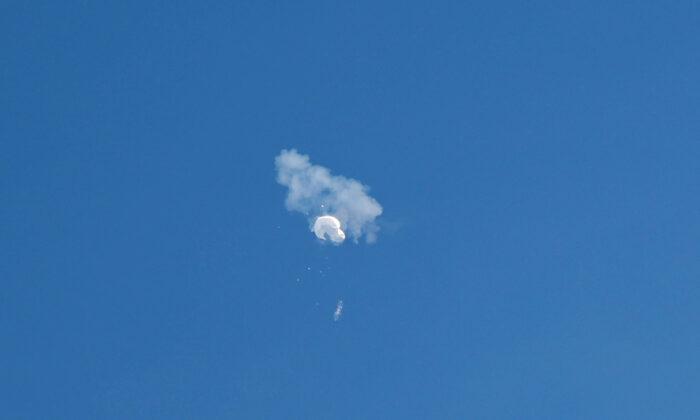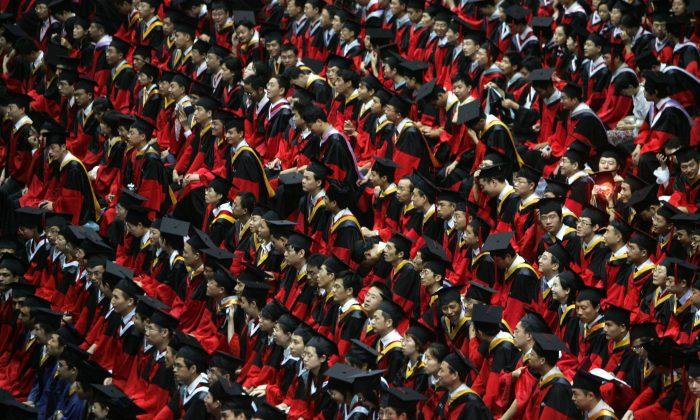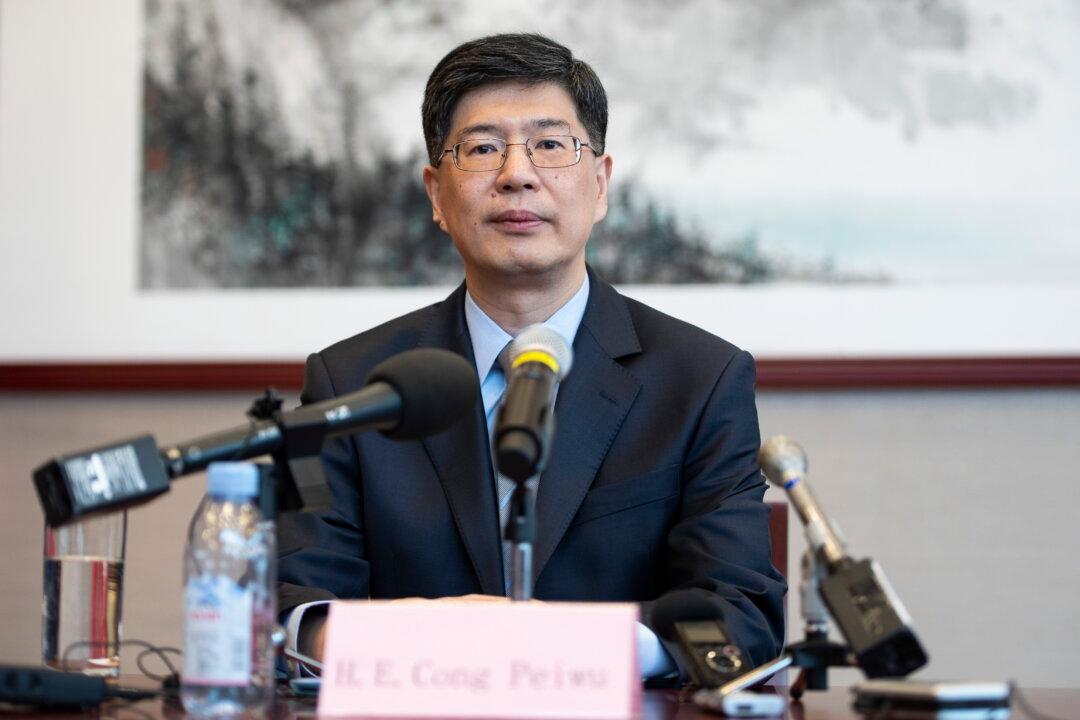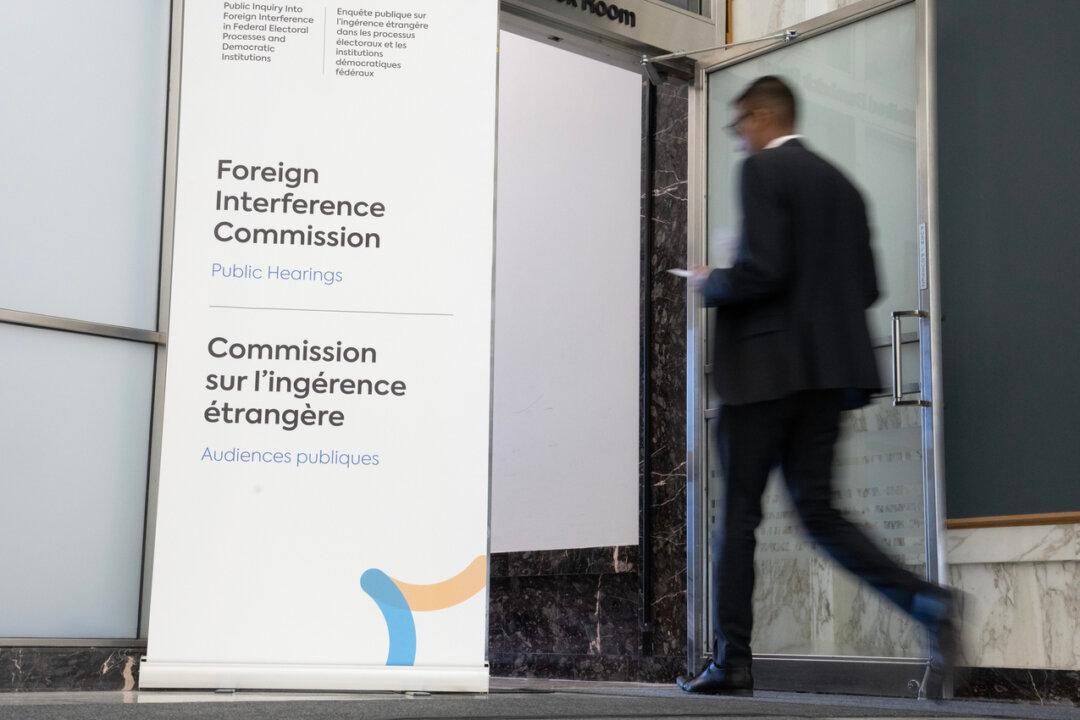The Chinese spy balloon that was found trespassing North American airspace last month was meant to test the response capability of the North American Aerospace Defense Command (NORAD), says Christian Leuprecht, a political science professor at the Royal Military College of Canada.
“The PRC is intent on gaining control of Canadian critical minerals and is actively running influence campaigns over resource development. Balloons and election interference are merely the latest episode in a long list of hostile hybrid warfare efforts perpetrated by the CCP [Chinese Communist Party] against Canada.”
Leuprecht said that the Chinese balloon and other flying objects detected subsequently were “effectively a test of the NORAD’s response system to objects in our airspace.” When Liberal MP Robert Oliphant questioned him about the proof, Leuprecht pointed to previous testimonies heard by the House national defence committee.
“This could be one of the options, especially as it relates to the high-altitude surveillance balloon,” he said.
“China may be signalling that two can play at the game of moving into each other’s neighbourhoods,” he wrote. “Yet Beijing may be going a step further: As more balloons are detected and intercepted, it may be demonstrating its ability to violate North American sovereignty, and to do so repeatedly, with relative impunity.”
When asked by Conservative MP Garnett Genuis whether its allies see Canada as a vulnerable segment in the Five Eyes intelligence alliance, which contributes to its being left out of the trilateral security pact AUKUS, Leuprecht said he will provide the committee with a U.S.-sourced intelligence assessment that “expresses precisely this concern about Canada as a national security problem to the United States.”
“I believe a public inquiry in Canada peeling back the onion would reveal this to a point where I think even the current government would not have an interest in actually having this out in public,” he said.






Friends Read Free